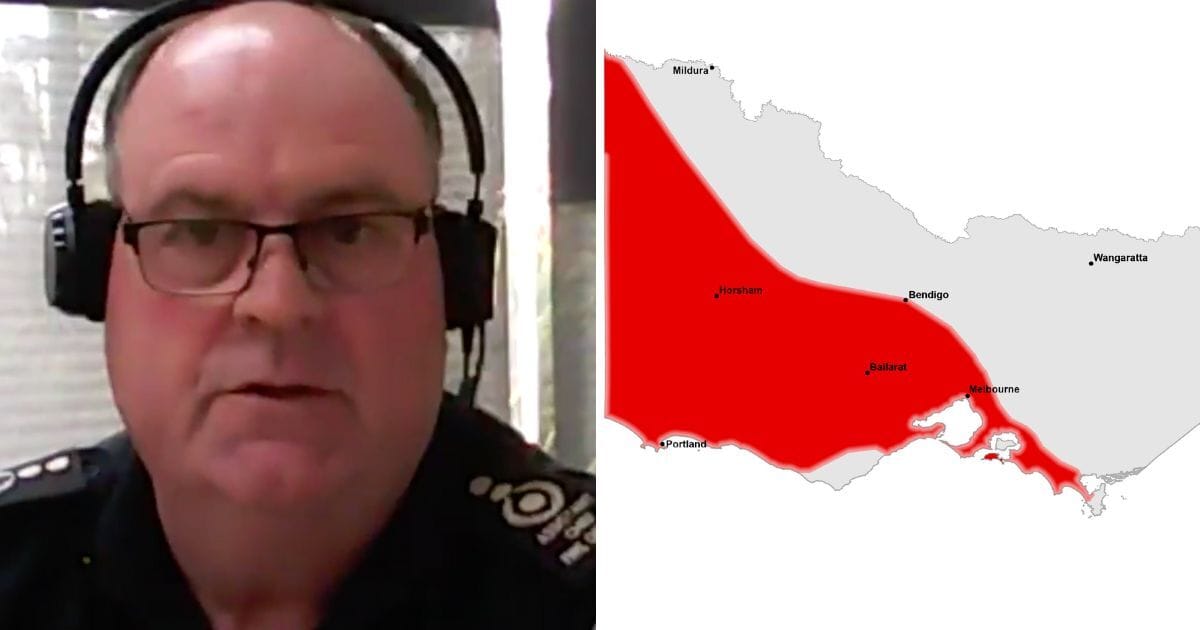“A very challenging fire season”: Danger starting earlier due to drier and hotter weather
“If it’s got the right wind conditions and the fuel loads are dry enough, it would not take long for a fire to burn up to the side of the Dandenongs.”

Firefighters across the eastern suburbs of Melbourne are hoping for high rainfall during spring, as 12 to 18 months of drought conditions fuel a higher chance of bushfires starting – and the likelihood of an early start to the fire season.
🔥 Past disasters
The scars of the fires that blazed through about 400 hectares of the Dandenong Ranges in January 1997 can still be felt today.
Among the firefighters on the ground was CFA District 13 Assistant Chief Fire Officer David Renkin, who joined the local fire brigade as a junior volunteer at Upwey in 1981.
Some 12 years later, he led teams in battling the 2009 Black Saturday bushfires, which killed 27 people across the Dandenongs alone.
Renkin said with increasing fire risk predicted, communities in the Dandenongs – an area with the highest bushfire risk in the Greater Melbourne region – should expect an earlier start to the fire season during this spring.
“On the right conditions and the wrong day, history shows fire burns very quickly uphill,” he told the Eastern Melburnian.
🛑 Danger in the red
The Australasian Fire And Emergency Services Authorities Council (AFAC) recently released its bushfire outlook for spring, pointing to a “heightened risk of fire” in the eastern suburbs of Melbourne due to an increase in fuel, low rainfall over the last 12 to 18 months and above-average temperatures from September to November.
Renkin said the area was “drier now than it has been for quite some years at this time of year”.
“It would be a great thing to see more rainfall total in the spring period to dampen down some of that risk,” he said.
“If that doesn't eventuate, then it will be a very challenging fire season.”
🧑🚒 Hotter, drier conditions lead to more risk
Former CFA manager of research and development, Dr Sarah Harris, co-authored a study in 2021 demonstrating increased temperature, caused by human-induced climate change, as the main driver of heightened fire danger.
“Changes in temperature, humidity and rainfall during spring and early summer mean the fire season will continue to start earlier and run longer,” she said.
It’s something researchers and experts have been noting for some time, only becoming increasingly obvious as the years progress.
In 2021, a CSIRO study highlighted the annual area burned by fire across Australia’s forests has been increasing by about 48,000 hectares per year over the last three decades. Fire seasons are moving further into winter and autumn.
And only last year a 2024 State of the Climate report from CSIRO highlighted these shifts, with rising temperatures, altered rainfall patterns and reduced humidity all contributing to harsher fire weather in Victoria.
🏡 Action starts at home
According to the CFA’s latest annual post-season bushfire community survey, 40 percent of Victorians living in bushfire-prone areas had not yet prepared a bushfire plan.
Renkin said he found readiness in communities was often high in the first couple of years following a major fire event, but then “complacency crept back in very quickly”, meaning people often decided to leave too late.
“As we saw in 2009, there were far too many people that unfortunately made that decision (to stay),” he said.
“That decision probably cost them their lives.”